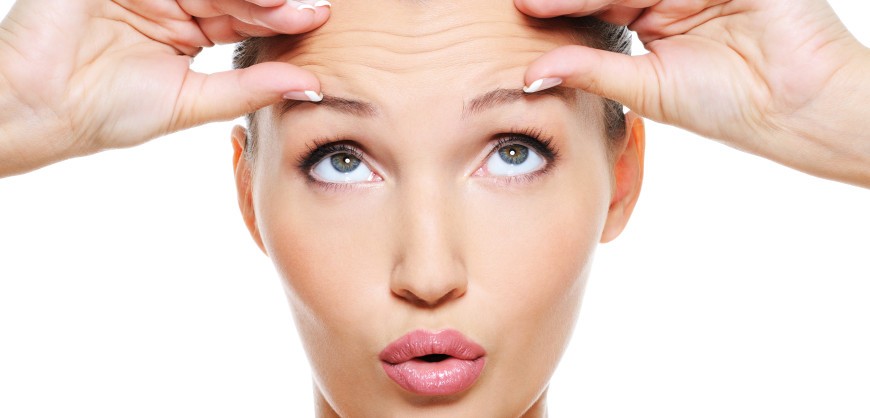Dermatologist Tania Vladeni presents the latest treatments for wrinkles, the arch-enemy of women throughout the world.
Dr. Tania Vladeni
Review them carefully, so that you can choose the one that best fits your needs, after consulting your dermatologist of course.
Retinoids(tretinoin, Retin-A, Renova).
Among medical treatments, this is by far the most proven and effective way of bettering signs of aging such as uneven pigmentation, roughness, and wrinkling. At first, these medications cause redness and peeling. Although this can be unpleasant, improvement comes once the peeling stops.
Alpha-hydroxy acids.
These are the so-called “fruit acids” and include glycolic and lactic acid. Preparations containing these fruit acids are quite safe and cause no more than mild and temporary irritation. The improvement they produce is, however, relatively subtle.
Antioxidants.
These include vitamins A, C, and E, as well as beta-carotene. Products that have antioxidants may provide some sun protection (though you should still wear sunscreen) and mildly improve wrinkles.
Moisturizers.
These may temporarily make wrinkles look less noticeable. Ads often say that they “reduce the appearance of fine lines.” But they don’t make those lines go away permanently.
Glycolic acid peels. These superficial peels can make a very slight difference in the intensity of fine wrinkles.
Deeper peels.
These peels use ingredients like salicylic acid and trichloroacetic acid and penetrate somewhat deeper into the skin. These deeper peels do a better job of smoothing fine lines. In general, however, the deeper the peel, the greater the chance of side effects, such as scarring and changes in skin color. Such peels can be uncomfortable, so ask ahead of time what to expect.
Dermabrasion.
This procedure “sands” the skin. Depending a great deal on the skill and experience of the professional who does it, dermabrasion can make a big difference. Side effects, including scarring and permanent changes in skin color, are also possible.
Laser resurfacing.
Doctors can use lasers to stimulate the skin’s production of collagen, which plumps up skin. There are different types of lasers, and you should ask your doctor about how many treatments you’ll need, how much “down time” you’ll need for your skin to heal, and any risks.
Plastic surgery.
Face-lifts, brow lifts, and other cosmetic surgeries help some people. For others, more minor procedures are enough. Talk it over with your doctor before you decide what, if any, procedure you want to do.
Injections.
Some injections, including Botox, relax muscles that produce the “frown lines” on the forehead, fine lines around the eyes, and other wrinkles. Improvement lasts several months and must be repeated to sustain improvement. Others are wrinkle fillers. You should only get injections from a doctor.
If you’re thinking about getting a cosmetic procedure done, consult experienced doctors. Tell them your goals and ask about risks, benefits, and costs.
Tania Vladeni
PhD, University of Thessaly, School of Health Sciences, Faculty of Medicine, Graduate Medicine Aristotle University of Thessaloniki. Member of the European Academy of Dermatology and Venereology (EADV) – Member of the European Society for Pediatric Dermatology (ESPD).






































